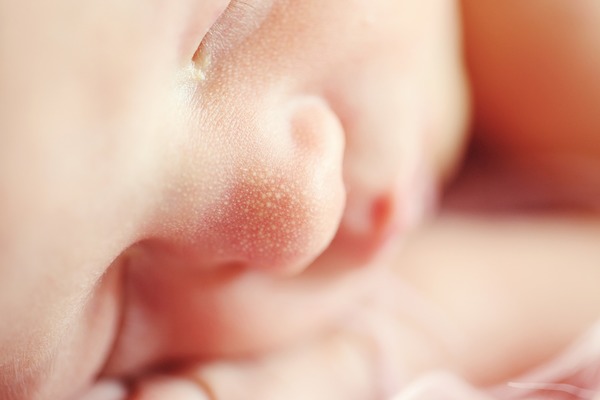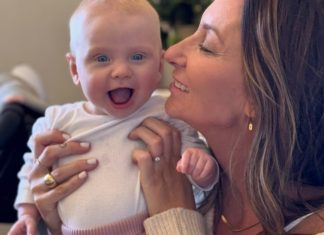Two in three bassinets sold in Australia failed safety tests conducted by leading consumer advocacy group CHOICE.
Many parents purchase bassinets for their child to sleep for the first few months of life, before they move them into their own room in their own cot.
Kim Gilmour, CHOICE’s baby product expert, said 24 out of the 33 bassinets tested had serious failures.
“There’s no Australian safety standard for bassinets, which is how lots of potentially unsafe bassinets make it onto the market for new parents to buy,” she said.
“When we test bassinets for safety, we use our own in-house method that’s based on a typical home setting and other existing safety standards such as for cots.
“We look at things like whether the bassinet has sufficient breathable zones to prevent suffocation, that there are no entrapment hazards, and no materials or objects that can come loose and cause an injury.”
She said they also look at how stable and sturdy they are, and whether it is at a sufficient depth to prevent a fall if an older baby crawls on the sides.
Another potential problem was using an ill-fitted mattress, warning parents always use the mattress that comes recommended with the bassinet they’ve bought.
“If the mattress is too small or too large, it can create a suffocation risk. If it’s too thick, it could make your bassinet too shallow and create a fall risk when your baby starts to pull themselves up, after which you should stop using the bassinet and move onto a cot.”
She said a regular cot is the safest option, but if you do buy a bassinet, ensure a firm, well-fitted mattress and breathable zones on all four sides.
Click here to find the list of bassinets tested by CHOICE
Read CHOICE’s bassinet buying guide here and cot buying guide here








